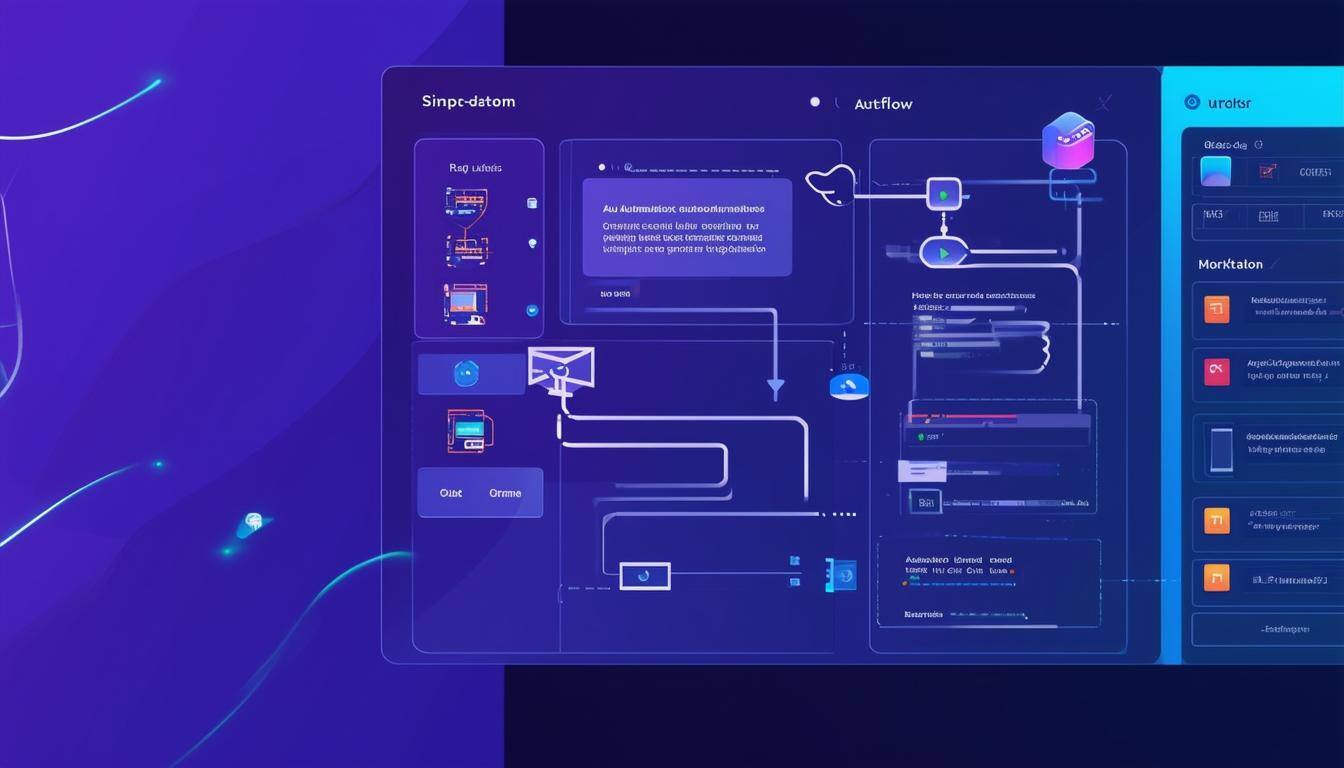How Low-Code and No-Code Platforms Are Reshaping Business Process
Introduction: The Acceleration of Digital Transformation
The demand for faster, more agile digital solutions has never been greater. As businesses race to adapt to market shifts, regulatory changes, and evolving customer expectations, traditional software development methods often fail to keep up.
A Forrester report predicts that by 2025, 70% of new enterprise applications will be built using low-code or no-code platforms. These platforms empower businesses to automate processes, develop applications, and integrate workflows without relying heavily on IT departments.
In this article, we’ll explore the differences between low-code and no-code automation, key benefits, real-world applications, and how enterprises can successfully adopt these platforms to drive innovation and efficiency.
📌 Looking to accelerate your automation strategy? AF Global offers expert low-code and no-code solutions—contact us today.
What Are Low-Code and No-Code Platforms?
Low-code and no-code platforms provide drag-and-drop development environments that allow businesses to create and automate workflows without extensive coding expertise.
| Feature | Low-Code Platforms | No-Code Platforms |
|---|---|---|
| Target Users | Developers & IT teams | Business users & non-technical teams |
| Customization Level | High (some coding required) | Limited (pre-built templates) |
| Use Cases | Complex applications, integrations | Simple automation, workflow optimization |
| Development Speed | Faster than traditional coding | Instant deployment with minimal setup |
Key Benefits of Low-Code and No-Code for Business Process Automation
1. Faster Development and Deployment
Traditional software development cycles can take months or even years. Low-code and no-code platforms reduce development time by up to 80%, allowing businesses to:
✅ Quickly prototype and test automation solutions.
✅ Deploy new processes in weeks instead of months.
✅ Continuously iterate and improve workflows with minimal disruption.
Example: A leading financial institution reduced its loan approval processing time from 3 weeks to just 5 days by adopting a low-code automation solution.
2. Reduced IT Dependency and Costs
Hiring skilled developers is expensive. With low-code and no-code automation, businesses can:
✅ Empower non-technical teams to automate repetitive workflows.
✅ Reduce software development costs by eliminating the need for extensive coding.
✅ Minimize IT backlogs by enabling departments to create their own solutions.
Case Study: A logistics company implemented no-code automation for supply chain tracking, reducing manual errors by 45% and cutting operational costs by 30%.
📌 Curious about how no-code automation can reduce costs for your business? Schedule a consultation with AF Global.
3. Improved Agility and Scalability
Businesses need to adapt quickly to regulatory changes, market demands, and customer needs. Low-code and no-code platforms:
🔹 Enable rapid modifications to workflows and applications without major system overhauls.
🔹 Scale automation efforts across departments, ensuring enterprise-wide digital transformation.
🔹 Enhance compliance and security with built-in governance controls.
Example: A healthcare provider used a low-code platform to quickly develop a COVID-19 vaccination scheduling system, reducing administrative burden and improving patient experience.
Use Cases: Where Low-Code and No-Code Are Making an Impact
Low-code and no-code platforms are being used across various industries for automation, application development, and workflow optimization.
📊 Finance & Banking:
- Automating customer onboarding & loan approvals.
- Enhancing fraud detection workflows.
🏢 Enterprise Operations:
- HR process automation (e.g., employee onboarding).
- Automated compliance tracking.
🛒 Retail & E-Commerce:
- Personalized customer service chatbots.
- Automated inventory management.
🚚 Logistics & Supply Chain:
- Real-time shipment tracking.
- AI-driven demand forecasting.
Challenges & Best Practices for Adopting Low-Code and No-Code Platforms
While these platforms accelerate digital transformation, organizations must address potential challenges to ensure successful implementation.
🚧 Common Challenges
❌ Security & Compliance Risks: No-code platforms require robust governance to prevent unauthorized access.
❌ Limited Customization: No-code tools may lack the flexibility needed for complex business processes.
❌ Shadow IT Issues: Business teams may create unregulated applications that bypass IT policies.
✅ Best Practices for Implementation
🔹 Align with IT Strategy: Ensure IT teams oversee security, compliance, and integration.
🔹 Start with Simple Use Cases: Pilot automation in non-critical workflows before scaling.
🔹 Choose the Right Platform: Evaluate whether low-code or no-code best suits your needs.
🔹 Encourage Cross-Team Collaboration: Foster a culture of automation by empowering business users.
📌 Want to avoid common pitfalls? AF Global provides strategic guidance for low-code and no-code adoption. Contact us today.
Conclusion: The Future of Business Process Automation Is No-Code & Low-Code
With digital transformation accelerating, enterprises can no longer afford slow, expensive, and resource-heavy software development. Low-code and no-code platforms democratize automation, allowing businesses to:
✅ Build & deploy solutions 5x faster.
✅ Reduce costs while increasing process efficiency.
✅ Empower business users to drive innovation—without waiting on IT.
The question is no longer "Should we adopt low-code and no-code?", but rather "How fast can we implement it to stay competitive?"
📌 Accelerate your automation strategy today. Contact AF Global to explore custom low-code and no-code solutions.


